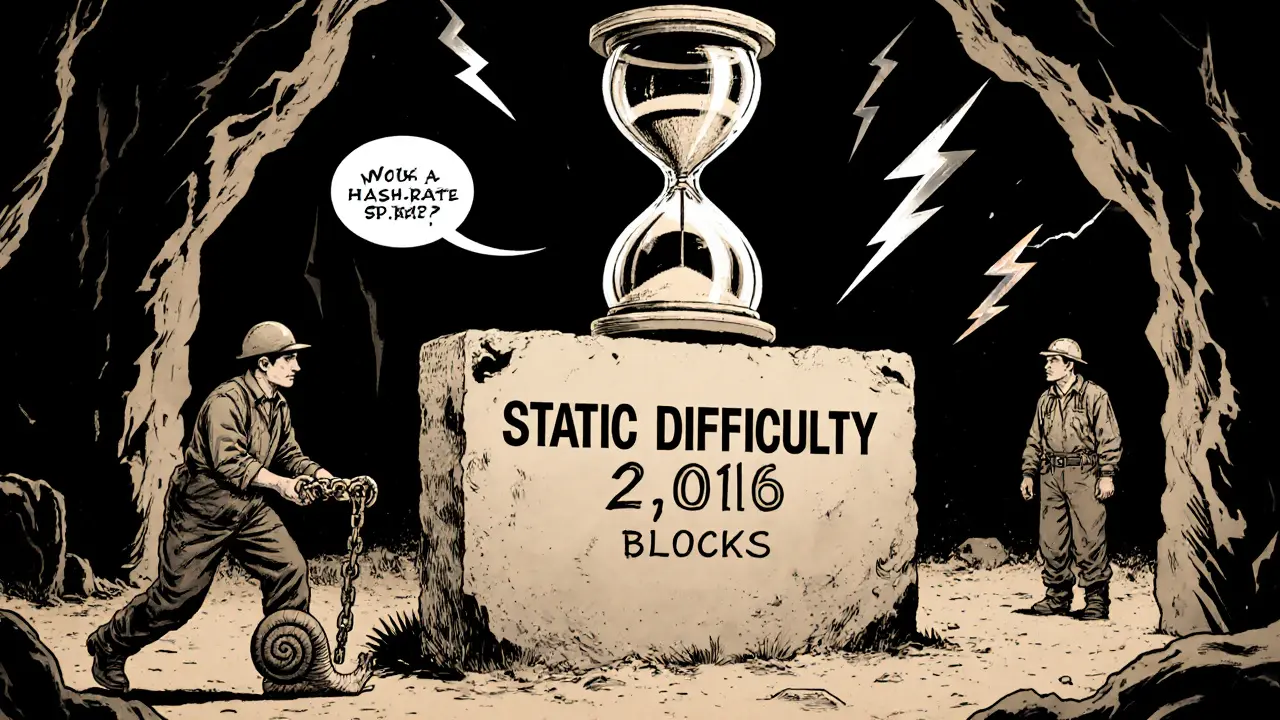
Adaptive Mining Difficulty Simulator
When we talk about adaptive mining difficulty is a dynamic, real‑time calibration system that adjusts PoW puzzle complexity based on live network conditions, we’re looking at the next step for blockchain security and sustainability. The old two‑week grind used by Bitcoin feels like watching a snail race while the world zips by - especially when hash power swings wildly or energy costs skyrocket. In this article we’ll unpack why static difficulty is cracking under pressure, how adaptive protocols aim to fix it, and what that means for miners, developers, and the broader crypto ecosystem.
Key Takeaways
- Static difficulty updates (e.g., Bitcoin’s 2,016‑block cycle) create long windows vulnerable to attacks and market shocks.
- Adaptive mining difficulty continuously monitors hash rate, block propagation, and miner behavior to fine‑tune difficulty in near real‑time.
- Early experiments show up to 25% energy savings and tighter block‑time consistency.
- Implementation adds computational overhead and requires upgraded node software, but the long‑term stability gains outweigh the costs.
- Adoption is expected to become standard for new blockchains by 2026‑2027, with legacy networks testing hybrid models.
Why the Current “Static” Model Exists
The Bitcoin is the original proof‑of‑work blockchain that adjusts mining difficulty every 2,016 blocks (roughly two weeks). The algorithm compares the actual time taken to mine those blocks against a target of 20,160 minutes and then scales difficulty proportionally, while capping the change to prevent wild swings. This system worked well when the network was small and hash‑rate changes were gradual.
But as mining equipment became faster and geographic shifts (like China’s 2021 ban) caused sudden hash‑rate drops, the two‑week lag turned into a security hole. Attackers could launch selfish‑mining or double‑spend attempts during the “adjustment window,” exploiting the fact that difficulty was stuck at the wrong level for days.
Enter Adaptive Mining Difficulty
Adaptive protocols replace the periodic checkpoint with a continuous feedback loop. Instead of waiting for a block‑height milestone, the network samples multiple metrics every few minutes:
- Hash rate the total computational power currently solving the PoW puzzle
- Block propagation latency across peers
- Miner‑reported hash‑rate distribution (to spot concentration)
- Historical difficulty trends, optionally fed into a machine learning model that predicts optimal difficulty based on past patterns and external factors
These data points feed a formula that nudges difficulty up or down by tiny increments - sometimes as little as 0.1% - keeping the average block time within a narrow band (e.g., 9‑11 minutes instead of drifting to 8 or 12).
Technical Blueprint of an Adaptive Protocol
One promising design, highlighted in the Journal of Blockchain and Cryptocurrency, adds a new transaction type that records “abandoned blocks.” When a miner finds a block that later gets orphaned, the block hash is stored on‑chain as a special marker. The difficulty engine then factors the frequency of these markers into its calculation, effectively penalizing hash‑rate spikes that cause forks.
Implementing this requires a soft‑fork upgrade - existing nodes continue to validate old blocks, while upgraded nodes start recognizing the new transaction format. Full nodes must expand their storage slightly to keep the abandoned‑block ledger, but the trade‑off is fewer wasted forks overall.
Another variant blends the classic interval check with micro‑adjustments. Every 10 minutes the protocol evaluates a weighted average of the last 30 minutes of network data, then decides whether to apply a micro‑correction. This hybrid keeps the predictability miners enjoy while closing the vulnerability window.

Benefits: Security, Energy, and Stability
Adaptive difficulty drastically shortens the attack surface. Game‑theoretic models using Nash equilibrium show that when difficulty mirrors hash‑rate instantly, selfish mining loses its profit margin because any attempt to withhold blocks triggers an immediate difficulty rise, making the hidden blocks expensive to process.
Energy savings stem from eliminating over‑provisioned mining during low‑difficulty periods. When Bitcoin’s difficulty peaked at 95.7trillion in October2024, many miners had to shut down or switch to higher‑efficiency ASICs. Adaptive systems would have trimmed difficulty as soon as the hash‑rate dip occurred, keeping power draw in line with actual demand.
Block‑time consistency improves transaction confirmation predictability. Users no longer see sudden bursts of fast blocks followed by long pauses; instead, confirmations hover around the target, which is crucial for DeFi and payment applications that rely on steady latency.
Challenges and Trade‑offs
Real‑time adjustments add computational overhead. Nodes must run extra analytics every few minutes, which can increase CPU usage by 5‑10% and raise storage needs for the abandoned‑block ledger. Smaller miners running on modest hardware may feel the strain.
There’s also a cultural hurdle. Miners have built multi‑year equipment‑purchase plans around the two‑week difficulty schedule. Switching to a constantly shifting difficulty curve means profit calculations become more complex, requiring new monitoring dashboards and possibly AI‑assisted forecasting tools.
Consensus logistics are non‑trivial. Upgrading a major network like Bitcoin involves years of testing, multiple testnets, and broad community buy‑in. The conservative nature of core developers means we’re likely to see hybrid models first, with full adaptive systems debuting on newer chains where the governance is more agile.
Real‑World Experiments and Community Feedback
Testnet launches on smaller PoW chains have already reported smoother block times during stress events. For example, a pilot on the “Nova” blockchain saw average block time variance drop from ±4 minutes down to ±30 seconds after enabling real‑time difficulty tweaks.
Mining forums, however, reveal mixed feelings. Veteran miners appreciate the stability but worry about “unpredictable profitability.” Some small‑scale operators fear that rapid difficulty swings could push them out of the market, while large pools embrace the technology for its anti‑attack properties.
Professional mining outfits are investing in upgraded pool software that can ingest live difficulty signals and auto‑adjust fee structures. Early adopters reported a 12% boost in uptime because the network no longer experienced sudden spikes that forced emergency hardware throttling.
Roadmap: When Will Adaptive Difficulty Go Mainstream?
Development timelines suggest 12‑18 months for a full rollout on a new chain, with a further 6‑12 months for large‑scale testing on an existing network. By 2026‑2027 we expect most public blockchains launched after 2020 to ship with adaptive difficulty as a default. Legacy networks will likely adopt a hybrid approach first - think of Bitcoin’s current 2‑week interval plus a 10‑minute micro‑adjustment layer.
Environmental regulators are also nudging the industry. As countries tighten energy‑usage reporting, chains that can demonstrate a 15‑25% reduction in power consumption via adaptive difficulty will have a competitive edge for institutional adoption.
| Aspect | Static (e.g., Bitcoin) | Adaptive (e.g., Nova Testnet) |
|---|---|---|
| Adjustment Frequency | Every 2,016 blocks (~2 weeks) | Every few minutes (micro‑corrections) |
| Vulnerability Window | Up to 2 weeks | Seconds to minutes |
| Energy Impact | Higher during low‑hash periods | 15‑25% lower overall |
| Node Overhead | Baseline | +5‑10% CPU, extra storage for abandoned blocks |
| Miner Profit Predictability | High (fixed schedule) | Medium (requires monitoring tools) |
Next Steps for Stakeholders
Developers: Start experimenting with open‑source adaptive libraries on testnets. Focus on integrating abandoned‑block markers and real‑time hash‑rate feeds.
Mining Pools: Upgrade pool software to accept rapid difficulty updates and expose dashboards for miners to see live difficulty trends.
Investors & Regulators: Look for projects that publish energy‑saving metrics tied to adaptive difficulty. Those numbers will become due‑diligence checkpoints.
Community Leaders: Facilitate transparent governance debates. Explain that while the code change is modest, the social consensus is the real hurdle.
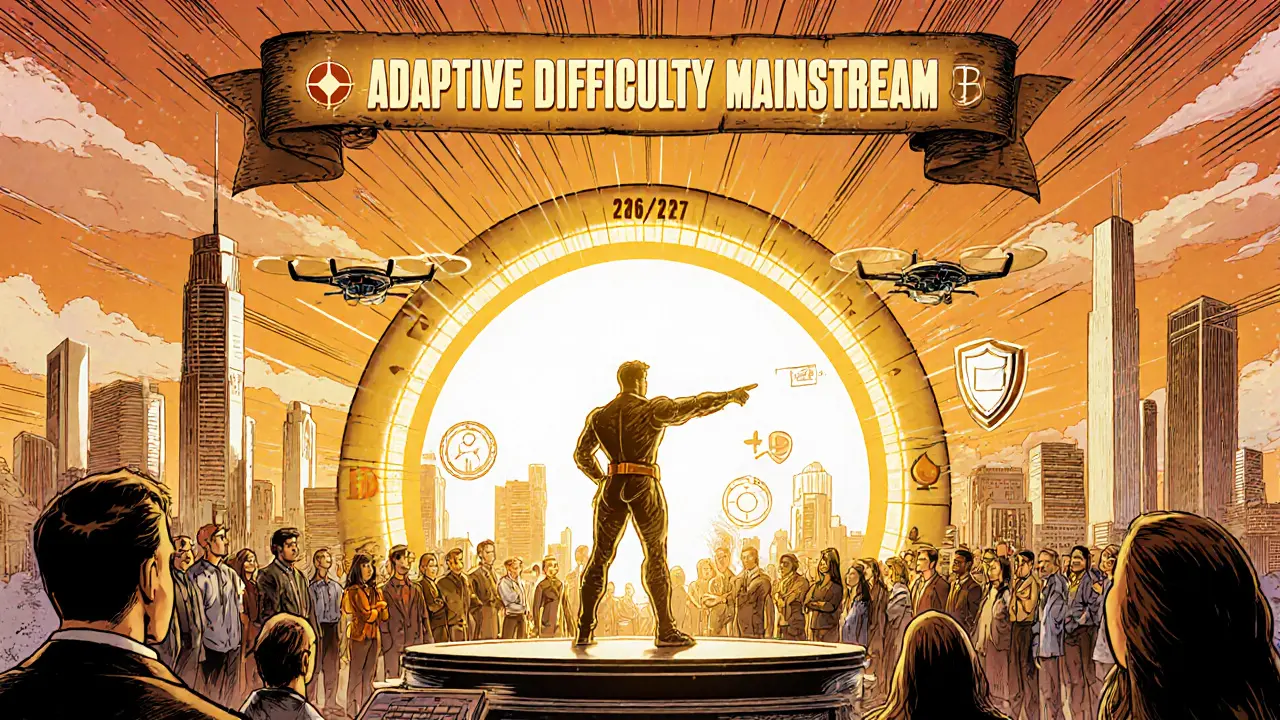
Frequently Asked Questions
How does adaptive difficulty actually change the hash target?
The protocol recalculates the target hash threshold every few minutes based on a weighted average of recent hash‑rate, block propagation latency, and any abandoned‑block markers. The new target is a small percentage higher or lower than the previous one, keeping the average block time within the desired range.
Will I need new mining hardware?
No. Adaptive difficulty works at the protocol level, so existing ASICs or GPUs continue to mine as before. What changes is the software that reads the difficulty value - miners simply receive a new difficulty number more often.
Does adaptive difficulty increase the risk of centralization?
It could, if only large pools can afford the monitoring infrastructure. That’s why many proposals bundle the feature with open‑source tooling and lightweight node clients, aiming to keep the barrier low for solo miners.
What are the main security benefits?
Shorter adjustment windows eliminate the profit windows that selfish‑mining attacks exploit. Real‑time difficulty also reacts instantly to sudden hash‑rate spikes, preventing block‑generation floods that could overwhelm the network.
When can we expect major chains like Bitcoin to adopt it?
Most experts forecast hybrid models rolling out on Bitcoin by 2027 at the earliest. Newer chains are already launching with adaptive difficulty as a default, setting the benchmark for legacy upgrades.



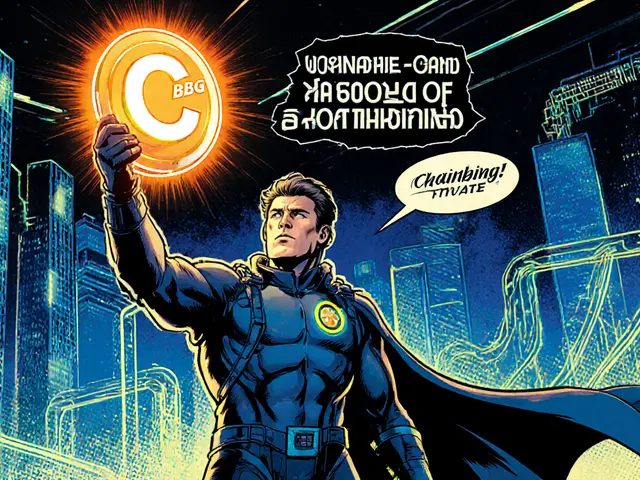
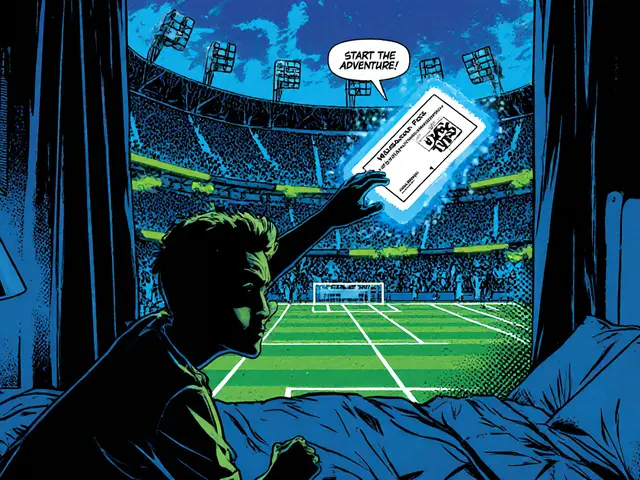
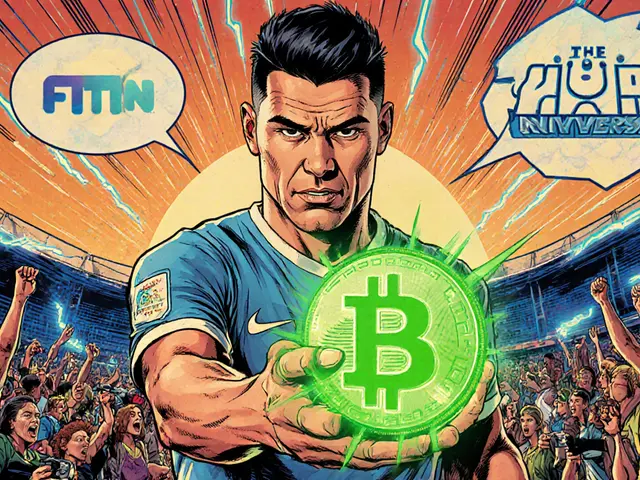
There are 10 Comments
Joseph Eckelkamp
Adaptive difficulty? Finally. We’ve been running on a 1980s traffic light system while the rest of the world invented GPS navigation. And yet, here we are-still waiting for Bitcoin to upgrade like a grandpa who refuses to use a smartphone. The 2-week lag isn’t ‘conservative’-it’s a security hole with a bow on it. If your blockchain can’t react faster than a sloth on sedatives, you’re not building the future-you’re preserving a museum exhibit.
Jennifer Rosada
While the technical merits of adaptive difficulty are undeniably compelling, one must not overlook the fundamental ethical implications of introducing real-time algorithmic volatility into a system designed for decentralization and predictability. The erosion of miner profit predictability constitutes a subtle yet profound form of economic coercion, particularly for small-scale participants who lack the computational resources to engage in dynamic risk modeling. One must ask: is efficiency worth the quiet dismantling of equitable participation?
adam pop
This is all a distraction. The real goal isn't security-it's control. Adaptive difficulty lets the core devs and big mining pools manipulate the game behind closed doors. Every micro-adjustment? That’s a backdoor for centralization. They’re not fixing Bitcoin-they’re turning it into a corporate utility. You think the abandoned-block ledger is for transparency? It’s a surveillance tool. They’re tracking every miner’s moves. Wake up.
Dimitri Breiner
Let’s be real: if you’re still clinging to the two-week cycle, you’re not protecting decentralization-you’re protecting inertia. Adaptive difficulty isn’t just smarter-it’s necessary. Yes, it adds overhead, but so did SegWit, and look where we are now. The real barrier isn’t tech-it’s mindset. Miners who think they need fixed schedules to survive are the same ones who thought ASICs were a fad in 2013. Get your tools updated. Learn the new dashboard. The network’s not going to wait for you to catch up.
LeAnn Dolly-Powell
This is so exciting!!! 🌟 Finally, blockchain is starting to act like a living system instead of a fossilized relic! I’ve been waiting for this since 2021 when my little miner kept shutting down because the difficulty was stuck at 80T while half the hashpower vanished. Imagine never having to panic during a China ban again? So much less stress! 💪🌱 Let’s make this happen for everyone-even solo miners! We can do this!!
Anastasia Alamanou
The integration of real-time difficulty calibration introduces a non-trivial paradigm shift in the consensus architecture of proof-of-work systems. While the operational efficiency gains are statistically significant-particularly in terms of energy-to-block-time ratio-the socio-technical friction cannot be understated. The transition necessitates a re-architecting of miner incentive models, and the introduction of lightweight node clients must be prioritized to mitigate exclusionary effects. Open-source tooling, community governance, and phased rollout protocols are imperative to ensure equitable adoption.
Rohit Sreenath
Too much thinking. Bitcoin was meant to be simple. You don’t need fancy math. You don’t need machines watching every block. Just let it be. If miners can’t handle a little delay, they shouldn’t be mining. The system works. Stop breaking what isn’t broken.
Sam Kessler
Of course they’re pushing this. Adaptive difficulty is the Trojan horse for centralized control. The ‘abandoned-block ledger’? That’s a honeypot for chain analysis firms. The ‘micro-adjustments’? That’s the Fed printing money, but for hash rate. And don’t pretend the open-source tooling is for the little guy-it’s a PR stunt. The real power will reside in the hands of the top three pools who control the data feeds. This isn’t innovation-it’s consolidation with a blockchain veneer.
Steve Roberts
So now we’re going to turn Bitcoin into Ethereum? Let me guess-next they’ll add gas fees for difficulty adjustments and call it ‘sustainability.’ The whole point of PoW was to be predictable, not to dance to the whims of some algorithm that thinks it’s smarter than the market. You want efficiency? Use PoS. Don’t ruin Bitcoin trying to fix something that wasn’t broken.
John Dixon
Let’s be honest: this isn’t about security-it’s about control. They want to make mining so complex that only corporations with AI teams can compete. And the ‘energy savings’? That’s just a marketing lie to get regulators off their backs. Meanwhile, your grandma’s ASIC miner gets quietly phased out because it can’t keep up with 10-minute recalibrations. Brilliant. Just brilliant.
Write a comment
Your email address will not be published. Required fields are marked *